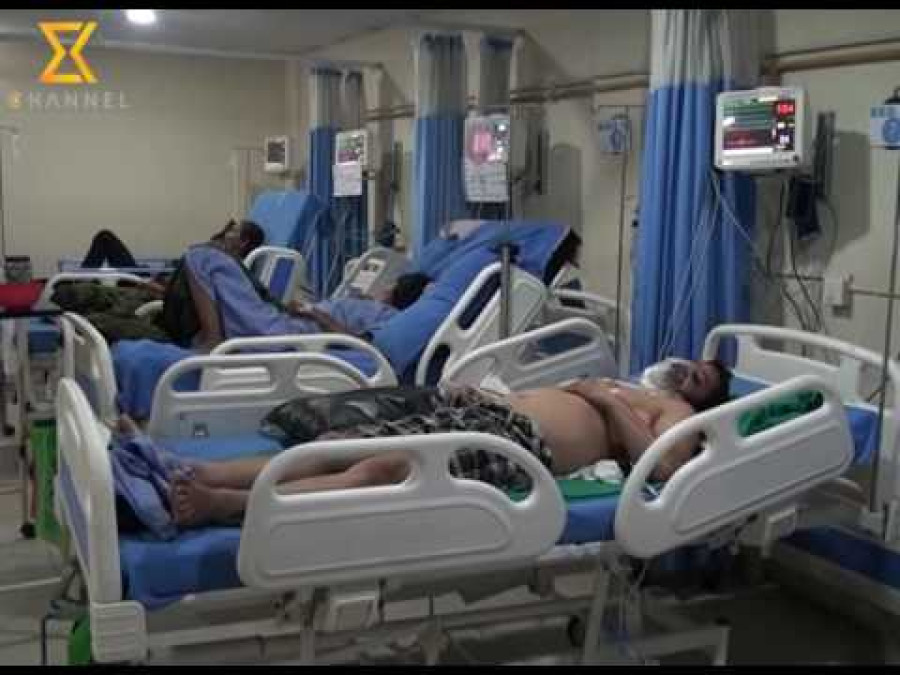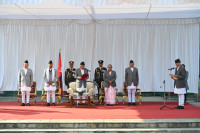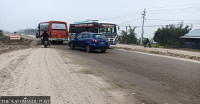National
Hospital classification to be based on services
The government has decided to classify health facilities based on basis of services they offer instead of the number of beds they have.
The government has decided to classify health facilities based on basis of services they offer instead of the number of beds they have.
A Cabinet meeting on Thursday endorsed the “Nepal Health Infrastructure Development Guidelines, 2017” that classifies hospitals—to be built in village and town levels, provisional level and central level—as primary, secondary, tertiary and super-specialty facilities.
As per the new classification, the village and town levels will have health posts and community health units that will deliver services like immunisation, family planning, services for expecting mothers and newborns and counselling on Non-Communicable Diseases (NCDs) among others. Similarly, Citizen Health Centres will be based in wards of sub-metropolitan and metropolitan cities. Such centres will provide services including awareness on NCDs, nutrition, reproductive and sexual health and mental health. Also, there will be a primary hospital (category ‘B’) in each village level that can provide safe maternity care and laboratory services. A general physician will be based in these primary hospitals that will provide round-the-clock emergency services and basic gynaecology and obstetrics services and run OPD.
“Classification of hospitals based on the number of the beds they have is flawed. Many hospitals with lower number of beds have been doing well and providing better services than others with higher number of beds. Hence, the number of beds should not be the parameter for classifying the hospitals; they should be categorised based on the services they provide,” said Gagan Kumar Thapa, Minister of Health.
The Nepal Health Infrastructure Development Guidelines, 2017 also has set an ambitious plan of stationing at least one general physician in each primary hospital.
In the local level, category ‘A’ primary hospital will be based in municipality and sub-metropolitan and metropolitan cities and category ‘B’ hospital will be based in village level. Based on this, at least 1,448 general physicians should be hired.
In the province level, the Nepal Health Infrastructure Development Guidelines, 2017 envisions establishing a secondary hospital and a provincial health sciences academy that will provide specialty services including paediatric, orthopaedic, ophthalmology and other services like dialysis and intensive care units. Such academies will run medical courses and hospitals while they will be mandated to extend their teaching-learning programmes to the ground.
The central level will offer super-specialty services including complex surgery of heart, brain and other organs while delivering other health services.
The central level will have a Central Health Sciences Academy that will be administered by the central government and educational programme will be run by central government.
“In next seven years, our health facilities need equipment worth Rs40 billion. I have proposed hiring an internationally renowned person to make specifications of the equipment and go for a global bid. Let an independent panel select the company that will supply health equipment for the next seven years,” said Minister Thapa.




 10.12°C Kathmandu
10.12°C Kathmandu














